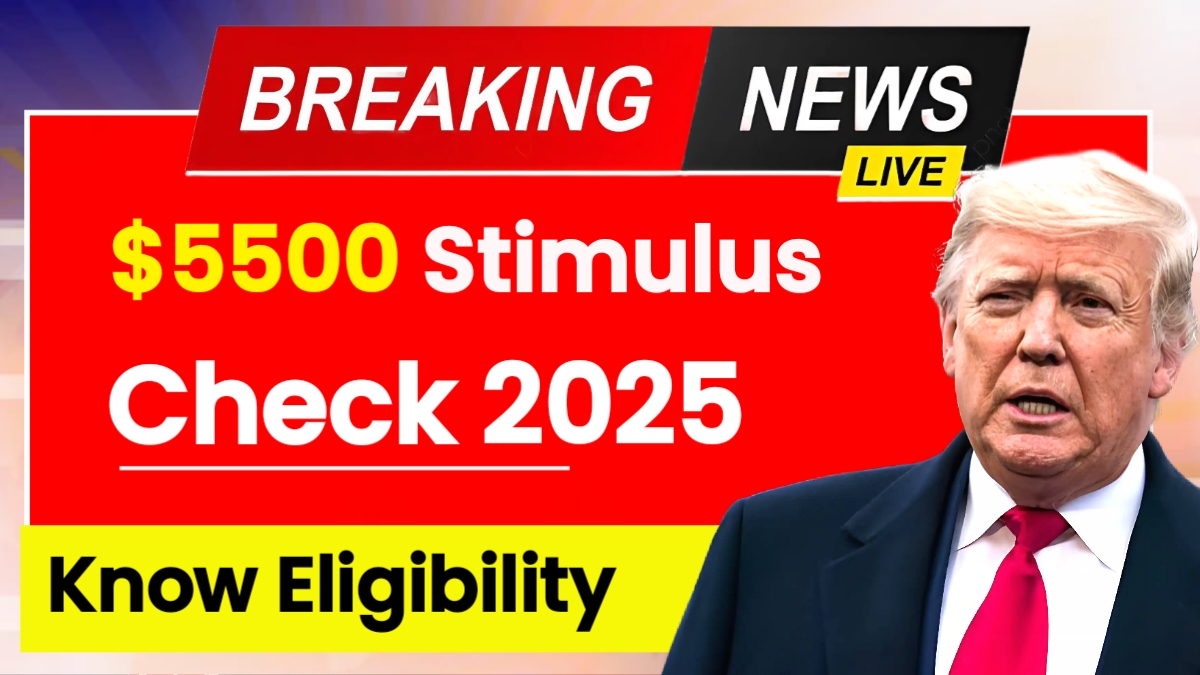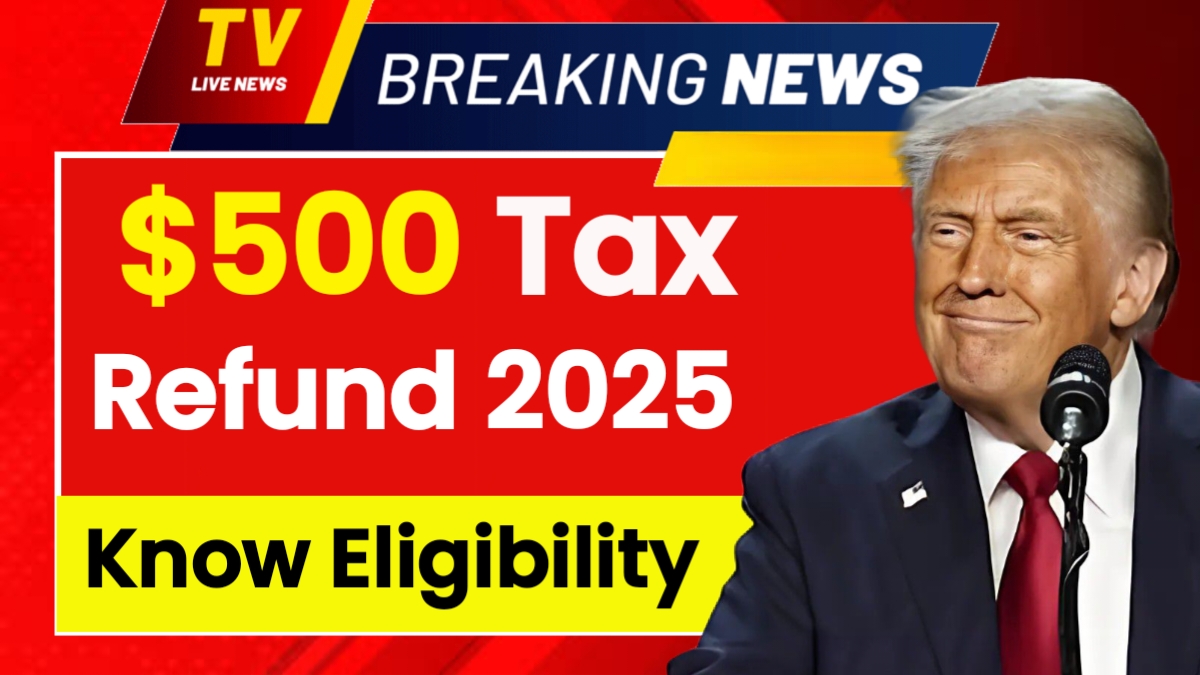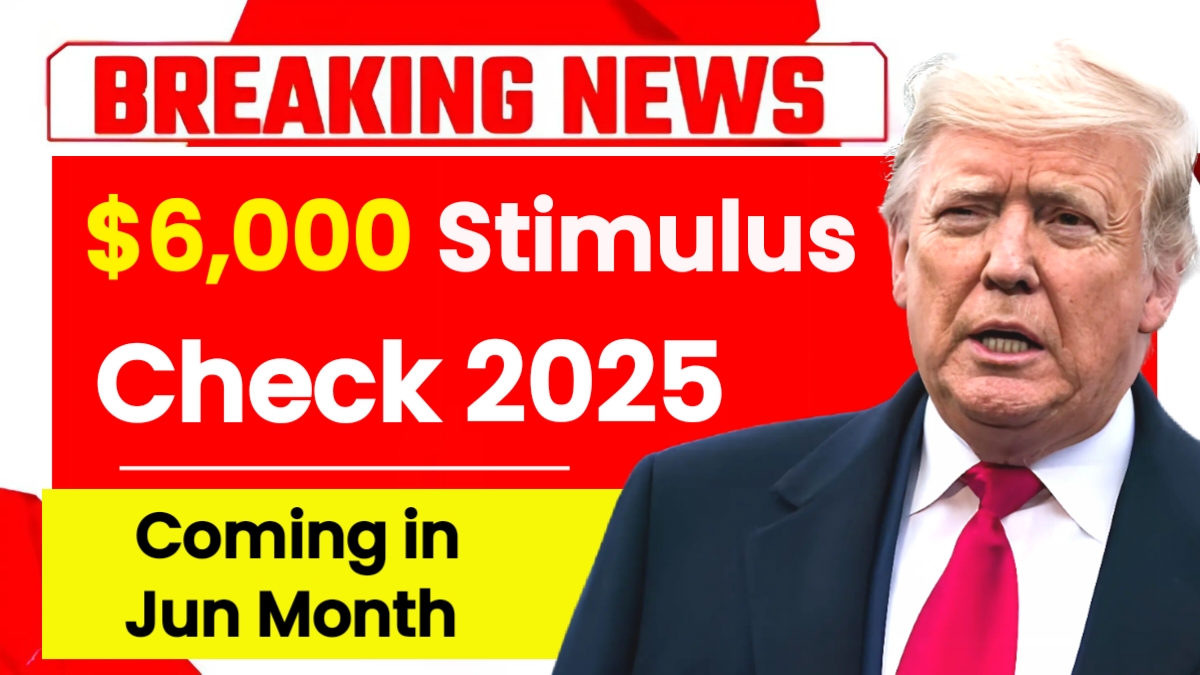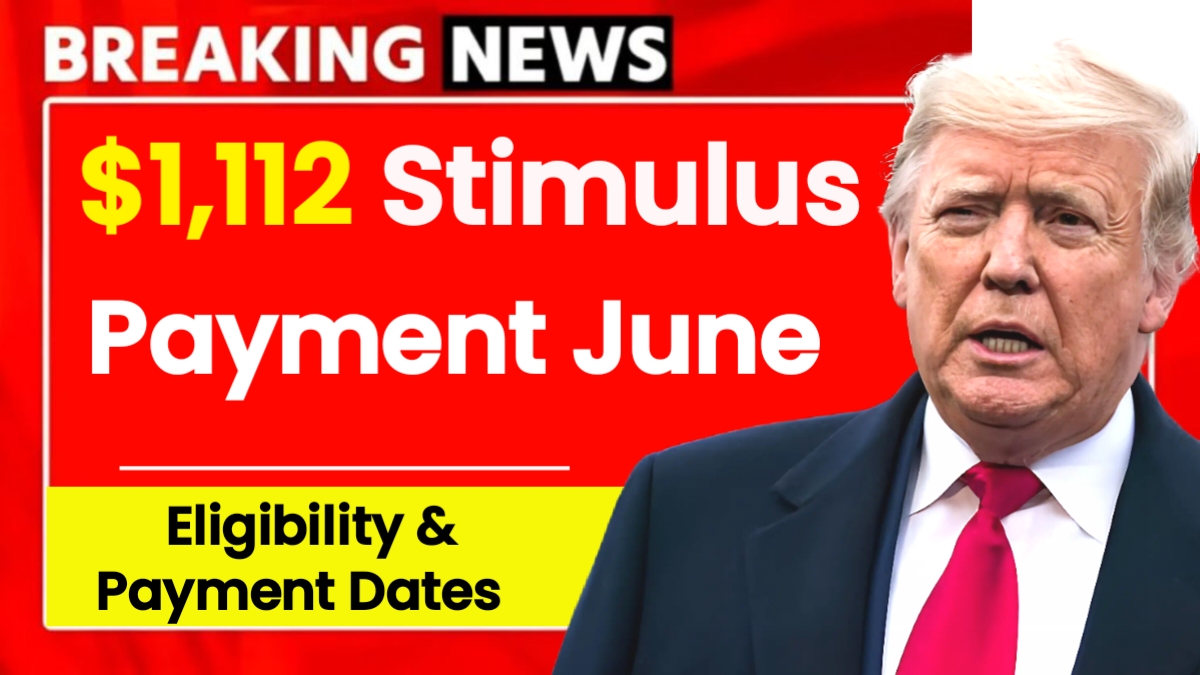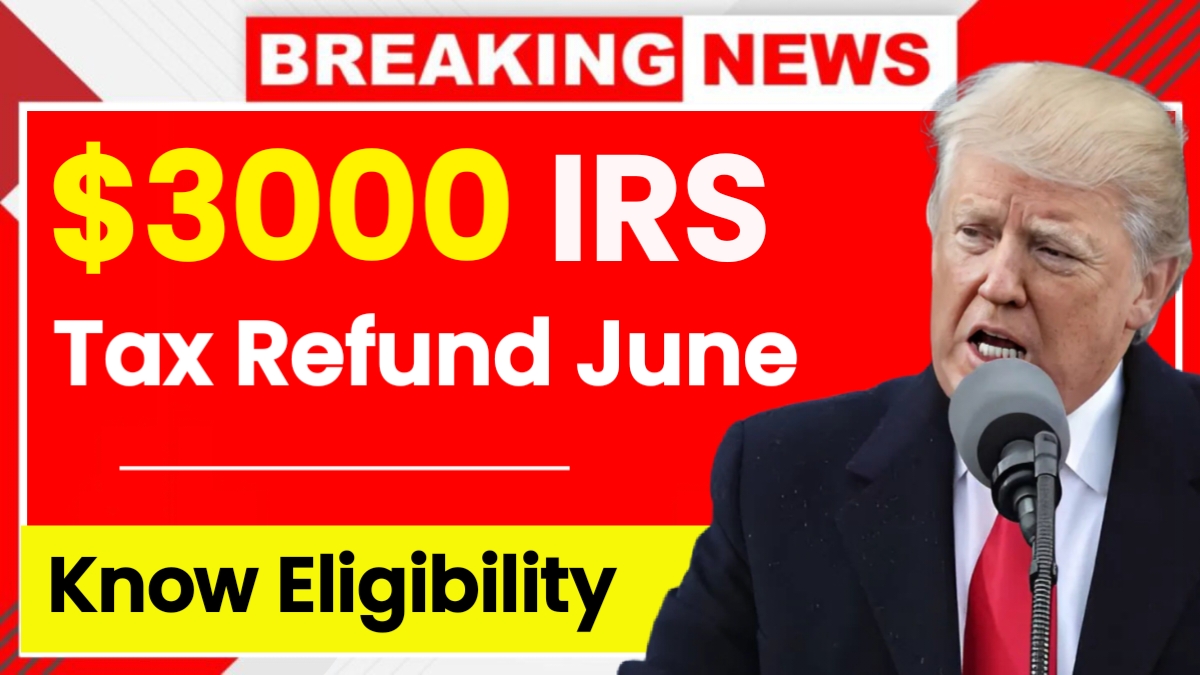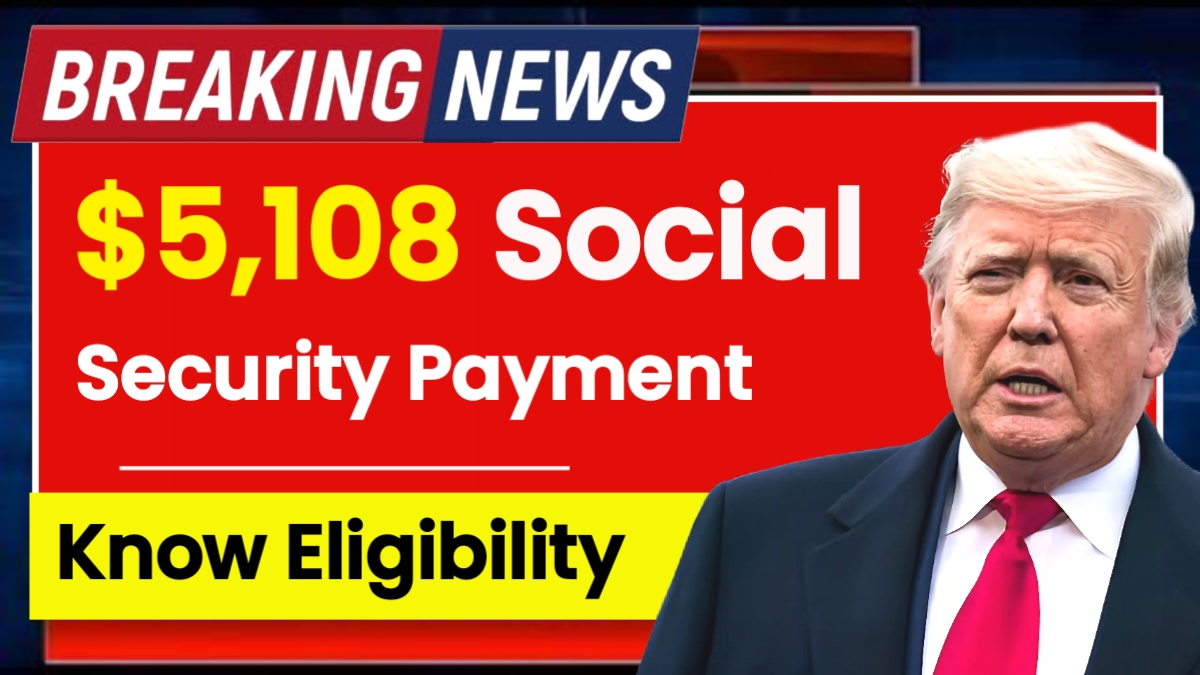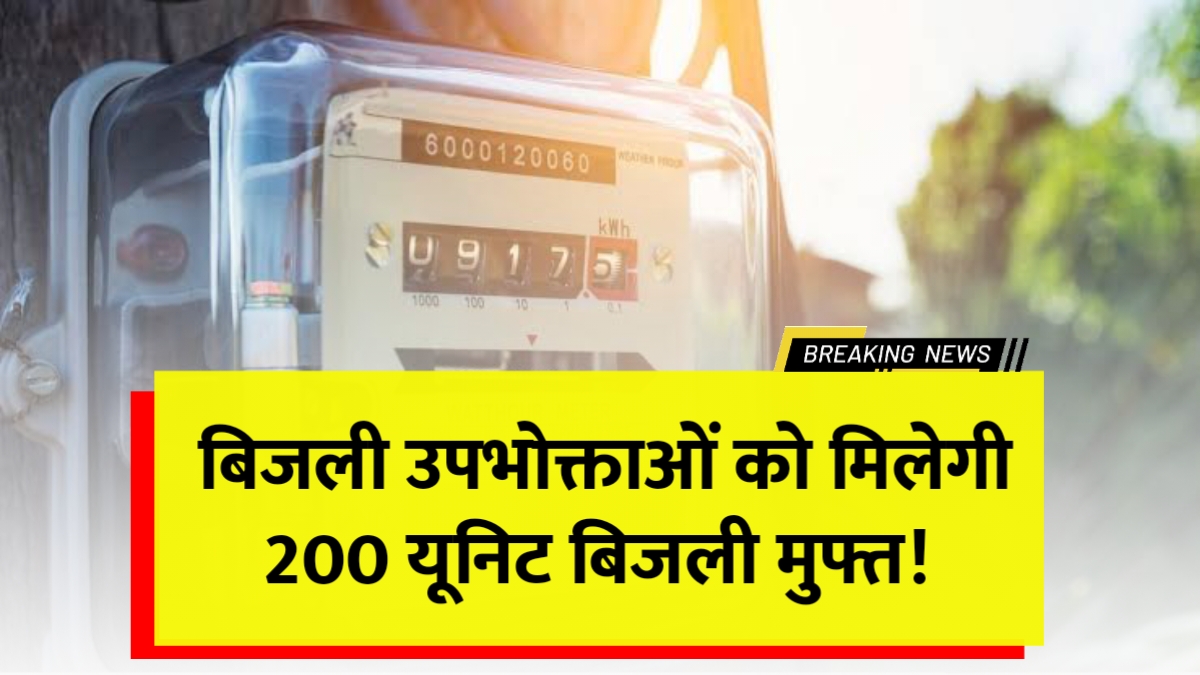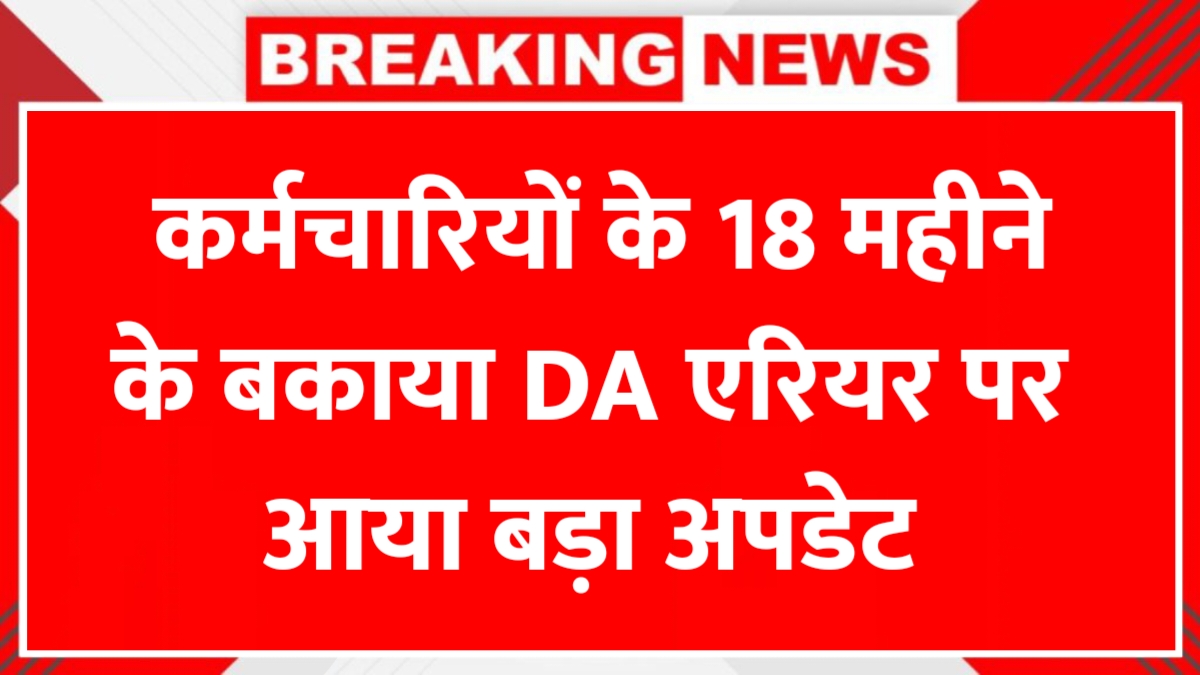$5500 Stimulus Checks 2025: The United States federal government is exploring an innovative approach to economic relief through the proposed DOGE Dividend Initiative, which could potentially provide $5,500 payments to qualifying American citizens. This groundbreaking program represents a fundamental shift in how government efficiency improvements could directly benefit taxpayers. The Department of Government Efficiency, spearheaded by influential figures including Elon Musk and supported by the Trump administration, aims to identify and eliminate wasteful government spending while returning a portion of those savings to the American people. The concept is built on the principle that when government operates more efficiently and spends less taxpayer money, those savings should be returned to the citizens who funded the government in the first place. This approach differs dramatically from traditional stimulus programs that typically involve additional government borrowing or deficit spending.
How the Two Trillion Dollar Savings Plan Works
The foundation of the DOGE Dividend Initiative rests on an ambitious goal to reduce federal government expenditures by approximately $2 trillion through comprehensive efficiency improvements and waste elimination. Once these substantial savings are achieved through streamlined operations, reduced bureaucracy, and elimination of unnecessary programs, the government plans to return 20 percent of the total savings directly to qualifying American taxpayers. This mechanism creates a direct incentive for government agencies to operate more efficiently while providing tangible benefits to citizens. The $5,500 payment amount represents a significant sum that could help families address urgent financial needs, reduce debt burdens, or invest in their future economic stability. Unlike traditional stimulus programs that require new government spending, this initiative would be self-funded through efficiency improvements.
Strict Eligibility Requirements and Verification Process
The DOGE $5,500 stimulus program establishes stringent eligibility criteria designed to ensure payments reach only legitimate recipients who genuinely need financial assistance. Applicants must be permanent United States citizens with verified legal residency status and must possess valid Social Security Numbers for identification purposes. The program specifically targets individuals who have overpaid their federal taxes in recent years but failed to file tax returns to claim the refunds they were entitled to receive. Income requirements vary by state to account for different cost-of-living standards, ensuring that payments reach families with genuine financial need rather than those who are already financially secure. Importantly, the program explicitly excludes undocumented immigrants, even those who have been paying federal taxes, representing a significant departure from some previous relief programs that had more inclusive eligibility requirements.
Public Reception and Political Dynamics
The proposed DOGE stimulus program has generated considerable public interest and debate across various segments of American society. Recent polling data suggests that approximately 67 percent of American voters support the basic concept of the program, with particularly strong enthusiasm among younger Americans who have faced prolonged economic challenges and see this as potential relief from financial stress. However, political support varies significantly among elected officials and policy experts. While supporters like James Fishback continue to advocate for the program through discussions with key stakeholders, critics including House Speaker Mike Johnson have expressed skepticism about whether the government can realistically achieve the $2 trillion in savings necessary to fund the initiative. Some economists worry that if the savings targets are not met, implementing the program could contribute to inflation rather than providing genuine economic relief.
Current Implementation Challenges and Timeline
As of now, the DOGE $5,500 stimulus check program remains in the proposal and discussion phase without official approval from Congress or formal implementation by any government agency. The verification process for determining eligibility represents one of the most significant logistical challenges facing potential implementation, as it would require extensive documentation review and verification of individual tax situations spanning multiple years. James Fishback, who has been involved in high-level discussions about the program, indicates that conversations continue between various stakeholders, but no concrete implementation timeline has been established. If the program receives legislative approval and moves forward, current estimates suggest that distribution could begin in late 2025, though this timeline depends on numerous factors including the successful achievement of government efficiency goals and the development of appropriate distribution mechanisms.
Potential Economic Impact and Long-Term Implications
The introduction of $5,500 payments to eligible Americans could have profound effects on both individual family finances and broader economic activity throughout the country. For recipients, this substantial payment could provide immediate relief from financial stress, allowing them to address pressing needs such as housing costs, medical expenses, educational investments, or debt reduction. The injection of these funds into local economies could stimulate consumer spending and support businesses in communities across the nation, creating positive economic ripple effects. For families who overpaid taxes and never claimed their rightful refunds, this program would finally provide money they were already entitled to receive, correcting past oversights in the tax system. The program could also serve as a model for future government accountability initiatives, demonstrating that federal agencies can reduce wasteful spending while still providing direct benefits to citizens.
Future Outlook and Citizen Preparation
While the DOGE stimulus program remains unconfirmed and faces significant implementation challenges, interested Americans should stay informed about developments through official government channels and prepare for the possibility of future implementation. Citizens should organize their tax documents, ensure they understand their potential eligibility status, and maintain current contact information with relevant government agencies. The program’s ultimate success will depend on the government’s ability to achieve promised efficiency savings while maintaining essential services that Americans depend on for their daily lives and long-term welfare.
Disclaimer: This article discusses a proposed government program that has not been officially approved, implemented, or confirmed by Congress or any federal agency. The information presented is based on public discussions and proposals and should not be considered as confirmation that payments will be made. Program details, eligibility requirements, payment amounts, and implementation timelines may change significantly or the program may not be implemented at all. Readers should not make financial decisions based on the expectation of receiving these payments and should verify any information through official government sources. This article is for informational purposes only and does not constitute financial, legal, or investment advice.
